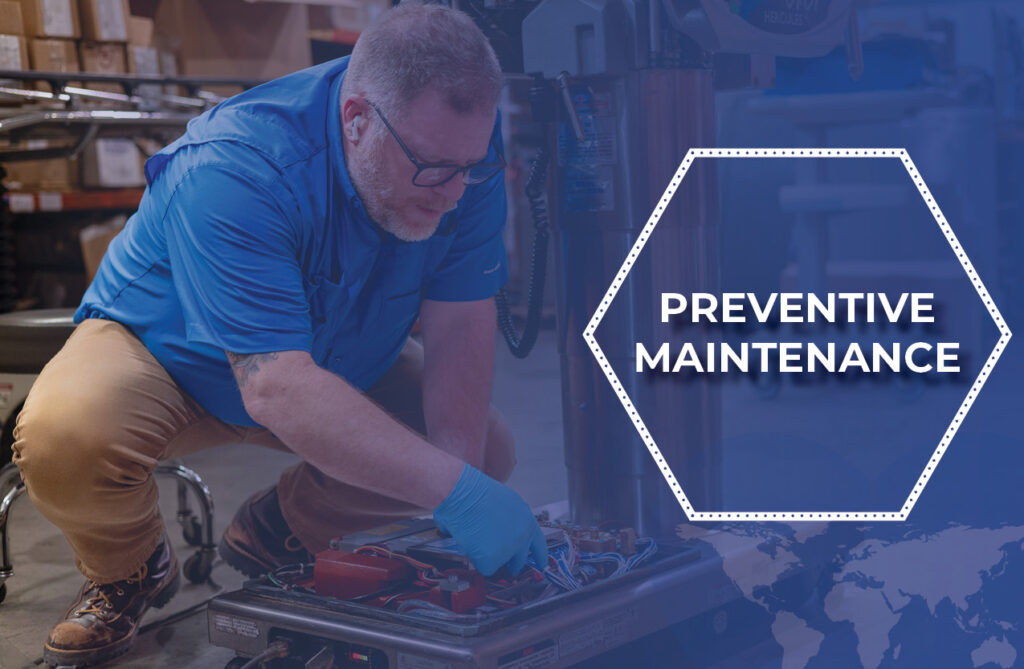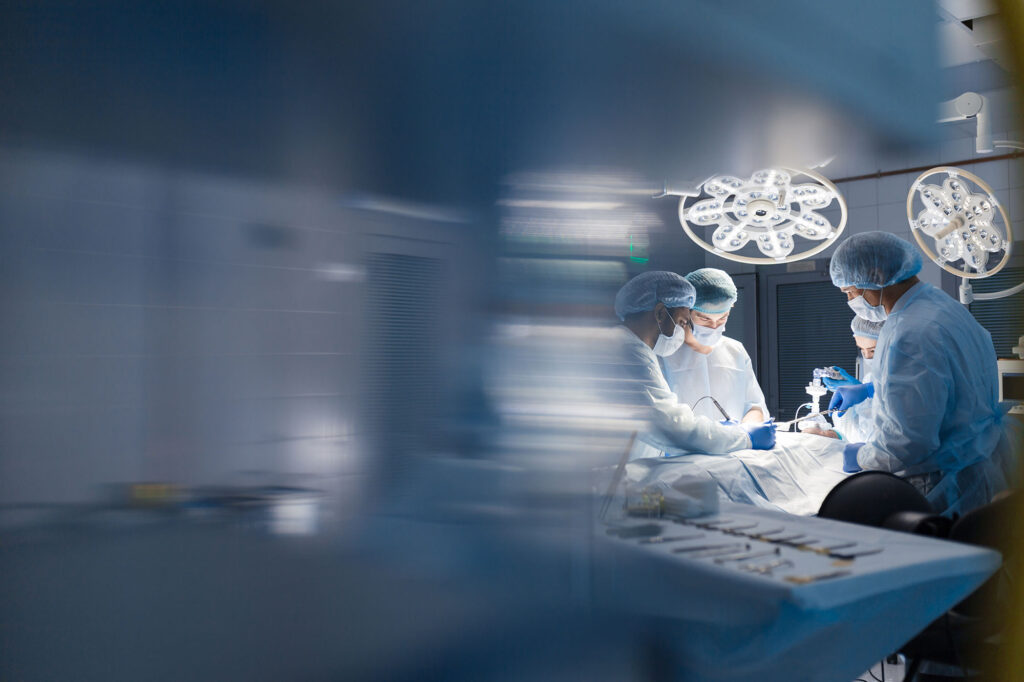The global medical devices market is worth almost half a trillion dollars and is only expected to grow. This is not surprising, given that it is made up of equipment necessary to treat chronic conditions and cure diseases. It is the result of innovations that have led to earlier detection, improved treatment, and better quality of life for millions of people.
Doing preventive maintenance on such equipment is vital. However, it can be expensive and time-consuming for personnel. That is why it is important to have a maintenance plan to ensure optimal operation without going overboard.
How often you should perform maintenance on medical equipment depends on your unique operations and goals. The good news is that, once you understand how preventive maintenance works, you can plan accordingly. Keep reading to find out more.
What Is Medical Equipment Preventive Maintenance?
Due to innovations in technology, medical facilities rely on medical equipment now more than ever. When that equipment fails to function, it affects your business and the patients it serves.
Preventive maintenance involves routine inspection of medical equipment and its components. It is a plan that involves setting schedules for assessing the condition and operation of machines and devices in your clinic.
This might entail the regular replacement of parts based on usage. Manufacturers almost always have recommendations for this. It could be after a minimal number of cycles.
For instance, you may have a standard to replace surgical lights after a set number of days in use. Other devices may have a predetermined shelf life, regardless of how little or much your staff use them.
Preventive maintenance also involves assessments of components that you do not regularly replace. For example, you might perform regular tests on anesthesia ventilators to ensure they mix vapors or have adequate gas flow.
Maintenance plans also involve putting in place systems to better predict when components will wear out. Examples are vibration and infrared sensors that track equipment performance over its lifespan.
Most medical equipment failures are seemingly random. Preventive maintenance plans do everything possible to limit these incidents. They give you the assurance that your equipment is in the best working shape possible.
Reasons to Do Preventive Maintenance
There are many good reasons to have a preventive maintenance plan in place. Here are a few of the main ones to consider.
More Reliable Performance
The most important reason to do preventive maintenance is that it means your equipment will be more reliable and perform as intended. Working with biomedical devices that have not been inspected could lead to adverse outcomes in the clinic or operating room.
Knowing that medical devices have been inspected for functionality can help physicians’ performance. It can provide doctors and staff the confidence they need to do their best work.
Maintenance also means increased efficiency. Breakdowns and malfunctions cause wasted time dedicated to repairs. This could mean delaying or foregoing treatment for patients.
Better Health Outcomes
Proper maintenance translates to better health outcomes for your patients. It means your hospital or clinic can maintain its standard of care.
Addressing equipment malfunctions also is labor intensive. This entails added strain and stress on staff during any given shift where failures occur.
Equipment problems can be dangerous for staff as well as patients. Preventive maintenance means increased safety for your doctors, surgeons, and other medical professionals.
Protection From Liability Suits
Equipment failure can open your facility up to lawsuits. Even minor equipment malfunctions can have catastrophic results. This in turn can have negative impacts on medical professionals’ careers.
If a machine or device fails, documented maintenance plans can shield you from liability. It can show that you did everything possible to ensure the equipment’s integrity.
Compliance With Regulations
One of the main reasons to do regular medical equipment maintenance is that regulations demand it. The federal government has guidelines “to ensure an acceptable level of safety and quality.”
Facilities must maintain an accurate inventory of equipment. They must follow manufacturers’ recommendations on the upkeep of any machine or device. They must also do assessments to identify high-risk medical equipment.
The interpretation of these standards can be vague. Hiring a medical equipment maintenance company can guarantee you are operating in full compliance with the law.
It Is Cost-Effective
Maintenance of medical devices is almost always cheaper than major repairs or full replacement. As the name suggests, preventive maintenance allows you to identify minor problems before they become major ones.
As noted, this can be expensive. Yet what it saves your clinic over time is almost immeasurable. When you factor in saved staff time, better health outcomes, and avoidance of lawsuits, the price of maintenance is negligible.
Creating a Preventive Maintenance Plan
There are three main steps to putting a maintenance plan in place at your facility. The first is to assemble a team that has expertise in the functions of equipment in your hospital or clinic.
Next, they gather data and develop “best practices” for any given machine or component. This includes manufacturer recommendations and usage logs. They might use computer management systems to categorize equipment by the level of importance.
Finally, your team should develop a specific maintenance schedule and routine for equipment. They should revisit this regularly to confirm that the most up-to-date procedures are in place.
As an alternative, you can hire a medical equipment maintenance company to do the work for you. Prominent ones will have the knowledge and experience to ensure that your equipment is in the best possible shape. This frees up your staff to focus on the more important work of treating patients.
Find Quality Preventive Maintenance for Medical Equipment
Now that you understand the many benefits of medical equipment preventive maintenance, you can start to put together a plan. If you need further advice, there are professionals who can help.
Since 1998, Heartland Medical has provided repair and maintenance services for hospital equipment. No job is too big or small–we will work on individual components or completely outfit your medical facility. Reach out to us to learn more or to schedule service today.
"*" indicates required fields




